With international travel restrictions – albeit eased – still making it hard to fly abroad in 2021, a holiday within Spain is a good alternative for many locals and foreign residents in the country this summer.
Spain is after all an incredibly diverse country with a rich history and culture, wonderful nature, landmarks, leisure and more.
With so much on offer it can be difficult to decide what to choose between, but what attractions are must-dos and must-sees that you can’t miss out on?
An amazing new infographic by tourism and events website Musement has shed some light on this.
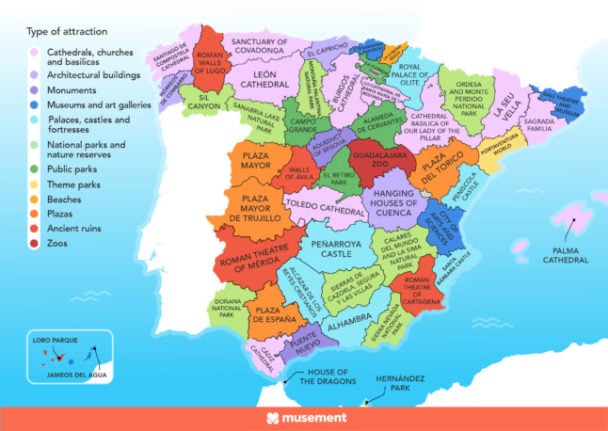
To carry out the study, Musement took into consideration 4,500 points of interest throughout Spain, counting the number of Google reviews to ascertain which attractions were the most liked by travellers in each of Spain’s 50 provinces and two autonomous cities.
Attractions that form part of different provinces were also included.
For travellers who prefer to escape the crowds and get away from it all, national parks in the northern Spain such as the Sil Canyon (Ourense), Ordesa and Monte Perdido National Park (Huesca), or Montaña Palentina Natural Park (Palencia) are ideal options.
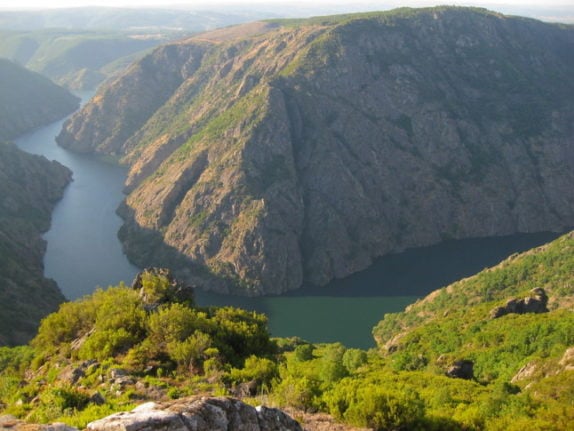
Cañon Sil in Ourense province. Photo: Teo Romera/Flickr
Among Spain’s most popular tourist attractions is the Sagrada Familia (Barcelona), which accumulates more than 155,000 reviews on Google. But this is not the only religious landmark to earn its place on the map.
Here is a version of Musement’s map with all the attractions written in their original Spanish names.
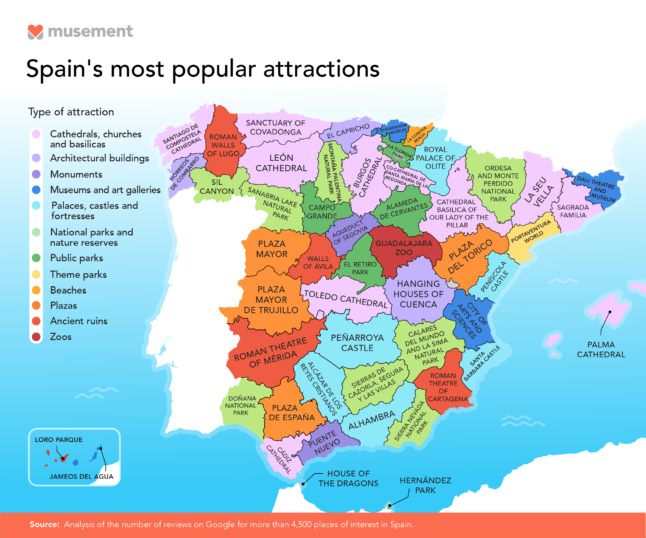
Santiago de Compostela Cathedral (La Coruña), the Burgos Cathedral (Burgos), the Sanctuary of Covadonga (Asturias) and the Cathedral-Basilica of Our Lady of the Pillar (Zaragoza) also draw many visitors.
The plazas and public parks, a meeting point for both locals and tourists alike, are in many provinces the most emblematic and preferred spots in the whole province, such as Plaza de Espana (Seville), the Plaza Mayor (Salamanca), the Plaza del Torico (Teruel), El Retiro Park (Madrid) or the Alameda de Cervantes (Soria).
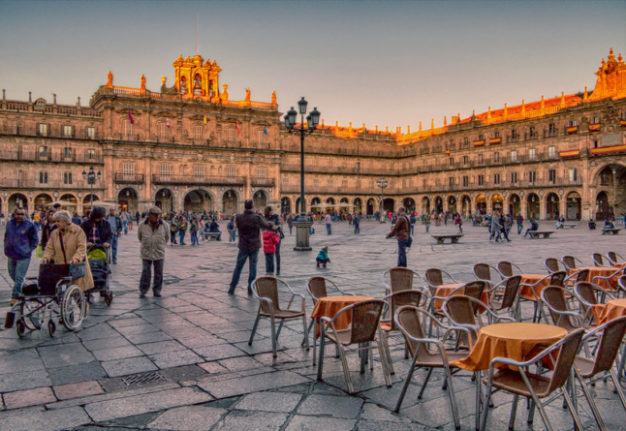 Plaza Mayor in Salamanca. Photo: Gabriel Fdez/Flickr
Plaza Mayor in Salamanca. Photo: Gabriel Fdez/Flickr
There is no lack of architectural gems in Spain either, such as the Hanging Houses (Cuenca) or the Hórreos de Combarro (Pontevedra), nor ancient ruins, such as the Roman theatres of Merida (Badajoz) or Cartagena (Murcia).
For the thrill-seekers, there’s reaching 110km/h speeds on the famous Dragon Khan rollercoaster of PortAventura (Tarragona).
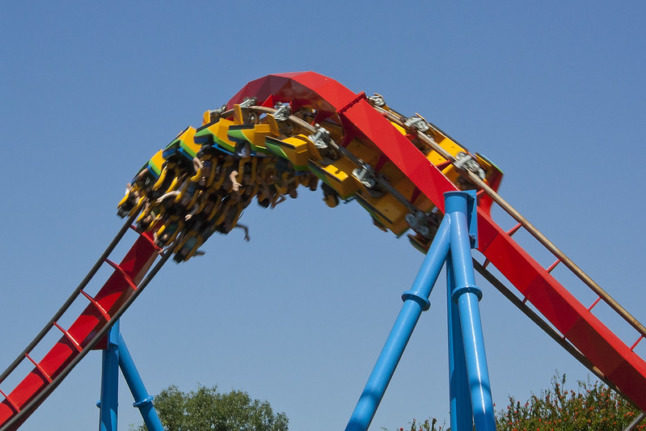 Photo: Jordi Payà Canals/Flickr
Photo: Jordi Payà Canals/Flickr
Artsy travellers can marvel at the great works of surrealism in the Dalí Theatre and Museum (Girona).
 Photo: Julia Casado/Pixabay
Photo: Julia Casado/Pixabay
History buffs can discover the old home of the Catholic Monarchs in the Alcázar de los Reyes Cristianos (Córdoba) or travel to the past and visit the Roman Walls of Lugo (Lugo).
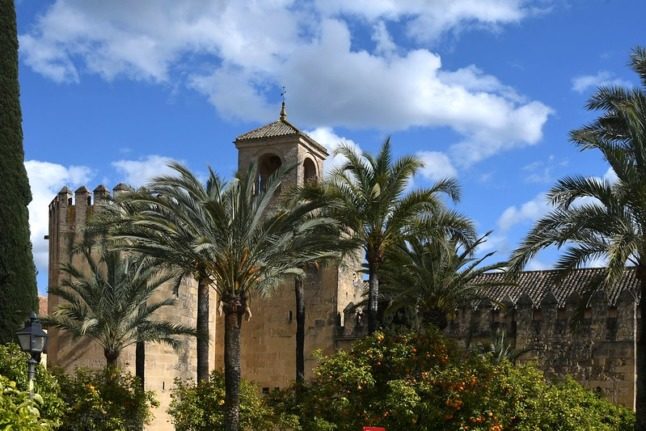 Alcázar de los Reyes Cristianos. Photo: Herbert Frank/Flickr
Alcázar de los Reyes Cristianos. Photo: Herbert Frank/Flickr
How many of these memorable attractions have you visited? An which one is your favourite?
READ ALSO:



 Please whitelist us to continue reading.
Please whitelist us to continue reading.
Member comments